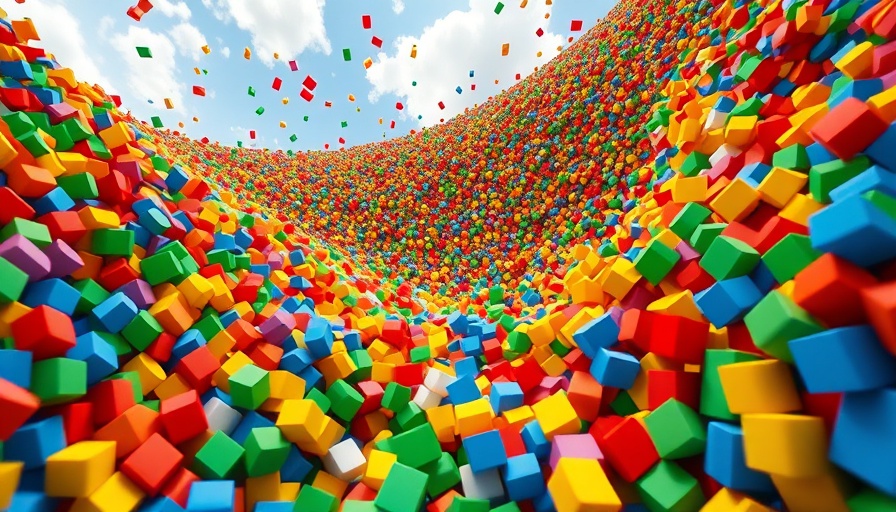
Unpacking the Marvels of Augmented Vertex Block Descent
The recent collaboration between Roblox and the University of Utah has birthed a groundbreaking technique in physics simulations called Augmented Vertex Block Descent (AVBD). This innovation does more than tickle the fancy of tech enthusiasts; it transforms how complex interactions are simulated in gaming and films, making them not only more realistic but also accessible for experimentation. Curious about how technology is evolving right before our eyes? Let's dive deeper into what this means for innovation and creativity.
In 'Roblox Solved The Physics Problem That Stumped Everyone!', the discussion dives into a revolutionary physics simulation method, exploring key insights that sparked deeper analysis on our end.
The Advantage of Improved Simulations
In the past, simulating physical interactions, like rolling balls or swinging pendulums, presented challenges that often resulted in unrealistic scenarios—imagine trying to balance a massive object on a flimsy base! AVBD frees us from these constraints, allowing simulations to run at staggering rates of 100 frames per second on a regular graphics card. This process not only aids developers and engineers in testing game mechanics in real-time but puts powerful tools into the hands of educators and learners alike, fostering a new era of hands-on learning.
Why This Matters: Real-World Applications
Through AVBD, students involved in STEM disciplines can now gain insights that were previously difficult to visualize. For instance, envision a classroom where students can experiment with virtual physics experiments like swinging chains or rolling balls through obstacles. This hands-on experience demystifies complex concepts and inspires creative problem-solving. It blurs the line between theory and practical application, inviting young minds not just to learn, but to innovate.
Embracing Free Tools for Learning and Discovery
The access to AVBD’s mini version for free is revolutionary for educators, business owners, and students alike. Imagine bringing this technology into the classroom or using it for workplace training. Companies can simulate scenarios and run experiments without the significant overhead costs typically associated with prototyping real-world solutions. In a time where tech resources can often be prohibitively expensive, this tool democratizes access, paving the way for broader participation in technical fields.
Exploring Future Trends and Its Broader Impact
The potential of AVBD extends beyond education; it invites us to consider future innovations in gaming and animation that provide immersive environments with characteristics that reflect real-world physics. As this technology amplifies creativity and fosters innovative thinking, companies may adopt these methods to not merely enhance entertainment but to generate deeper engagement with users.
Engagement: A Call for Community Participation
As we evaluate the implications of AVBD, it's vital for tech enthusiasts, educators, and business owners to get involved. Harnessing these new tools can help shape the future of various industries as they become more integrated with cutting-edge technology. Whether you are a teacher looking to ignite your students’ interest in science, or a game developer seeking to push boundaries in your projects, engaging with tools like AVBD can catalyze remarkable discoveries.
 Add Row
Add Row  Add
Add 




Write A Comment